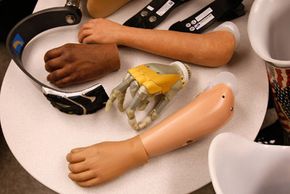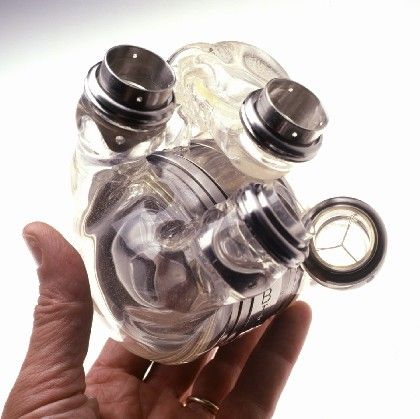If you're fortunate enough have all of your arms and legs, chances are that you take them for granted. The human body is a remarkable piece of biological machinery, and your limbs are no exception. For example, consider the delicate and complex tasks hands can perform, such as writing in calligraphy or playing the violin. At the same time, hands have the strength and durability required to grip heavy objects and withstand impacts. Legs are equally impressive, enabling a person to run long distances without tiring and navigate across uncertain terrains.
When someone loses a limb due to injury or disease, the rich functionality once offered by that limb is lost as well. An upper extremity amputation, involving the loss of all or part of an arm, might mean the loss of the ability to perform job skills or normal activities of daily living. For a lower extremity amputee, someone missing portions of one or more legs, this could mean the loss of the ability to walk or run.
Advertisement
Prosthetic limbs are incredibly valuable to amputees because a prosthesis can help restore some of the capabilities lost with the amputated limb. Although prosthetic limbs have still not advanced to the point where they can rival the functionality provided by biological limbs, the capabilities they do provide can be significant. Great strides are being made each day in the field of prosthetics, and while great technological challenges remain, artificial limbs are becoming increasingly similar to real limbs.
Do you want to know how prosthetic limbs are made? Do you want to know how they're controlled? Just how close are scientists to developing bionic artificial limbs, similar to the ones we see in science fiction movies? We'll let you know. But first, read the next page to take a look into the past and find out how prosthetic limbs have evolved throughout history.


